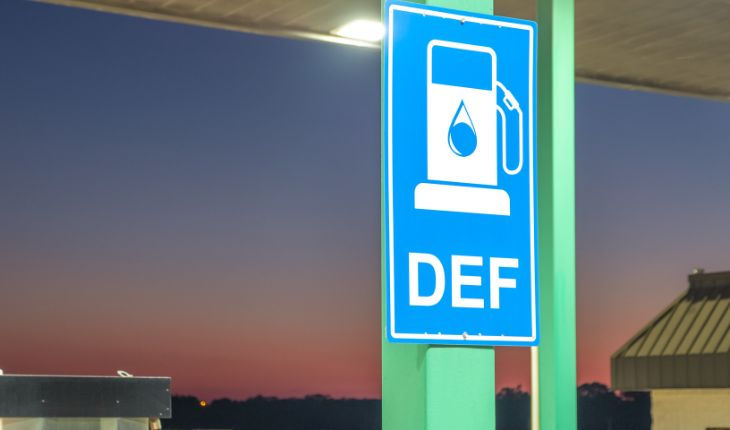Future of Low Speed Vehicles: Urban Mobility Revolution
- Sophia Grace
- Jul 31
- 4 min read
The rise of low speed vehicles (LSVs) is no longer just a trend—it’s a paradigm shift in how we think about short-distance travel. In a world leaning toward eco-consciousness and efficient urban living, LSVs have taken center stage. These vehicles, typically designed for speeds not exceeding 25 mph, are becoming a staple in campuses, gated communities, resorts, industrial parks, and increasingly, urban environments.

What makes LSVs truly fascinating is their adaptability. From electric golf carts to compact neighborhood electric vehicles (NEVs), their low emissions and reduced noise pollution make them a favored choice in areas where conventional vehicles feel like overkill. For city dwellers and planners focused on sustainability, LSVs offer a seamless blend of technology, comfort, and efficiency.
Expert Market Research Backs the Shift
According to Expert Market Research, the momentum around North America Low Speed Vehicle adoption is being powered by a combination of urbanization, green mobility initiatives, and growing applications in both commercial and residential sectors. Their data-driven insights dive deep into the technology, safety enhancements, and regional demand shaping the future of this segment. For businesses, investors, or enthusiasts exploring LSV potential, Expert Market Research provides the clarity and confidence needed to make informed decisions in a rapidly evolving space.
Why Cities Are Warming Up to Low Speed Vehicles
The increasing congestion in urban centers has made traditional cars less practical for short trips. That’s where LSVs fill the void. With their compact build and minimal infrastructure demands, they reduce traffic, improve air quality, and lower the carbon footprint of cities. For municipalities, this means cost-effective transport options without the hefty investment in road upgrades or new fueling stations.
Moreover, their utility in delivery services, waste management, and localized logistics has opened up fresh opportunities. Think about a quiet, electric vehicle navigating narrow lanes delivering parcels or collecting recyclables—it’s the future unfolding before our eyes.
Tech-Savvy and Sustainable: The LSV Evolution
LSVs are no longer just basic carts with steering wheels. The technological evolution has transformed them into connected, smart mobility platforms. Modern LSVs now come equipped with GPS navigation, smart braking systems, regenerative batteries, and IoT-based diagnostics. Many even offer touchscreen infotainment systems and solar charging panels.
This tech infusion isn’t just about comfort—it’s about functionality. Advanced battery systems ensure better range, while safety features like automatic emergency braking and obstacle detection bring them closer to their full-size vehicle counterparts in terms of reliability.
Spotlight: North America Low Speed Vehicle Trends
North America has emerged as a hotbed for LSV integration. Urban hubs and suburban communities alike are witnessing increased LSV activity. Cities in California and Florida, for instance, have developed LSV-specific lanes and infrastructure to encourage usage. The versatility of these vehicles is also proving valuable in sectors like healthcare, education, and hospitality.
In Canada, LSVs are gaining popularity for last-mile connectivity and as fleet options in business parks. Regulatory support, combined with consumer awareness, is pushing boundaries and making the region a leader in LSV adoption and innovation.
Beyond Urban Use: LSVs in Gated Communities and Industry
While city use is booming, gated communities, resorts, and industrial zones have long championed LSVs. These areas demand quiet, reliable, and environmentally friendly transport—and LSVs fit the bill perfectly. From moving residents in housing complexes to ferrying guests in eco-resorts, their versatility is unmatched.
Industries too are exploring LSVs for internal logistics. Warehouses, airports, and large-scale factories are incorporating these vehicles for staff mobility, goods transfer, and even surveillance—cutting down both fuel and maintenance costs.
Environmental Impact: LSVs and the Green Movement
The ecological benefits of LSVs cannot be overstated. With minimal emissions and silent operation, they contribute to cleaner air and reduced noise pollution. In urban ecosystems already battling environmental stress, this low-impact solution holds immense promise. Additionally, many LSVs are now manufactured using recyclable materials, aligning with the broader green movement.
Battery technology has also played a key role. Advancements in lithium-ion batteries mean LSVs now charge faster, last longer, and require less maintenance—making them more appealing to individual users and organizations alike.
Challenges on the Road and How They’re Being Tackled
Like any emerging tech, LSVs face a set of challenges. Regulations around their use, especially in mixed-traffic environments, are still evolving. Safety is another concern, particularly when these vehicles share roads with larger, faster cars.
However, manufacturers and policymakers are actively working to address these issues. Improved safety standards, dedicated lanes, and clear licensing norms are being introduced to integrate LSVs more seamlessly into public infrastructure. As awareness grows, public perception is shifting too—from seeing LSVs as novelty vehicles to recognizing them as viable transport solutions.
What Lies Ahead: The Future of LSVs
The potential of low speed vehicles stretches far beyond current applications. Autonomous LSVs, for example, are already being tested in university campuses and research parks. Their controlled environments make them ideal for trialing self-driving tech on a smaller scale. Similarly, the integration of AI for smart route mapping, predictive maintenance, and energy optimization is set to redefine their capabilities.
Additionally, with growing concerns around energy usage and sustainability, LSVs may soon become central to city planning initiatives, eco-tourism projects, and campus transportation blueprints.









Comments